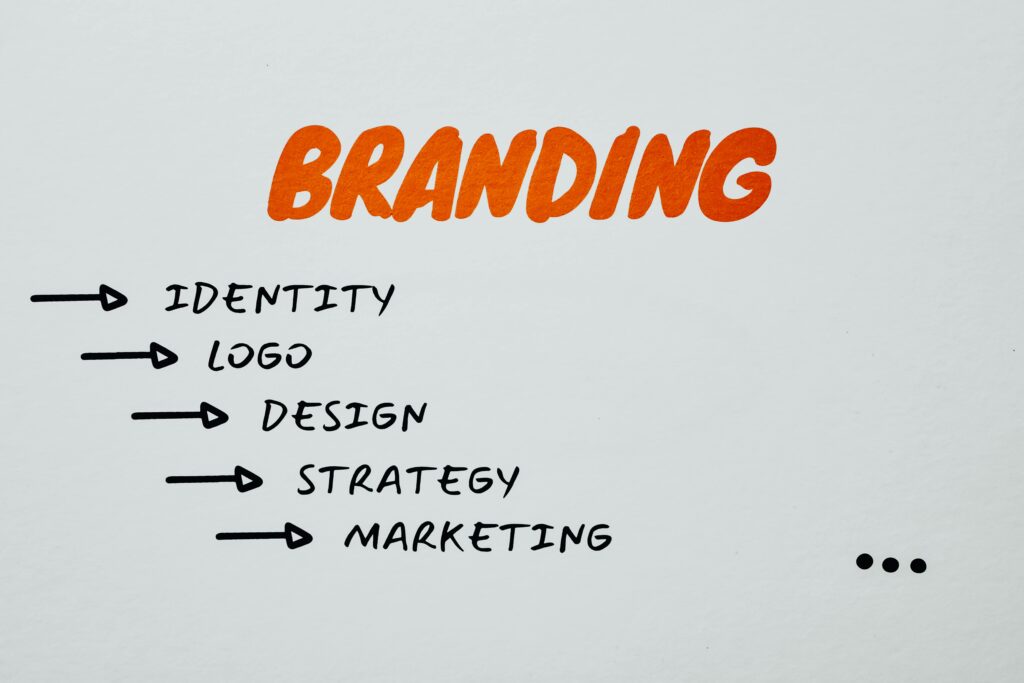Logo Design Tips for Cameroonian Cultural Identity: Bridging Tradition and Modernity
Introduction
Cameroon’s cultural tapestry—home to over 250 ethnic groups, including the Bamileke, Fulani, and Beti—demands logos that resonate locally while appealing to global markets. A poorly designed logo can alienate audiences, while a culturally attuned one fosters trust. For example, Nkuvu Breweries (Douala) saw a 40% sales increase after redesigning its logo with Bamileke motifs. This guide explores how to create logos that honor Cameroon’s heritage and drive brand loyalty, covering:
Symbolic color palettes and regional patterns.
Bilingual typography best practices.
Tools and local partnerships for authentic design.
1. Color Psychology in Cameroonian Branding
Green & Gold: Dominant in Cameroon’s flag, green symbolizes agriculture (60% of Cameroonians work in farming), while gold represents prosperity.
Example: AgroTech Cameroon uses forest green to evoke fertile soil and gold accents for economic growth.
Red: Signifies unity and sacrifice. Union Bank Cameroon’s red logo aligns with its mission to unify financial services.
Blue: Trust and stability. Camwater (national utility) uses navy blue to convey reliability.
Regional Nuances
North Cameroon: Earth tones (brown, terracotta) reflect Sahel landscapes.
Coastal Regions: Azure blues and whites mirror the Atlantic Ocean.
2. Incorporating Traditional Motifs
Bamileke Patterns: Geometric designs from ceremonial masks and textiles.
Case Study: AfroThread (Buea) integrated Bamileke diamond patterns into its logo, boosting recognition in European markets.
Duala Symbols: Fish and canoe motifs honor coastal heritage.
Grassfields Crosses: Used by the Bamenda people, symbolizing community.
Avoiding Cultural Appropriation
Consult Local Artists: Partner with groups like Bamenda Art Collective for authentic designs.
Focus Groups: Test logos with diverse demographics. Njangi Collective (Bamenda) increased approval rates by 60% after involving elders in design reviews.
3. Bilingual Typography: French & English
Font Selection:
Noto Sans: Supports French accents (é, ç) and English readability.
Ubuntu: Modern, open-source font ideal for tech brands.
Placement Strategies:
Stacked Text: French above English for vertical layouts.
Side-by-Side: For horizontal logos, like MTN Cameroon’s bilingual branding.
Case Study: La Maison du Café
This Yaoundé café’s dual-language logo (French: “Café Excellence” / English: “Premium Coffee”) attracted expats and locals, increasing foot traffic by 35%.
4. Tools for Designing Culturally Relevant Logos
Canva Pro (XAF 25,000/month):
Templates with African patterns.
Collaboration with Cameroonian designers via shared links.
Adobe Illustrator:
Custom vector designs (used by BueaTech Hub for client projects).
Tutorials in French on YouTube channels like Design en Afrique.
Budget-Friendly Alternatives
Figma: Free for startups.
Looka: AI-driven logo generator (supports French keywords).
5. Legal Considerations
Trademark Registration: File with Cameroon’s Ministry of Commerce (XAF 150,000 fee).
Avoiding Plagiarism: Use Tineye.com to check logo uniqueness.
Case Study: A Close Call
A Douala fashion brand nearly faced a XAF 5M lawsuit for unintentionally copying a Nigerian logo. They redesigned using Looka and registered the new trademark.
Conclusion & Action Steps
Research: Study regional symbols and color meanings.
Collaborate: Partner with local artists for authenticity.
Test: Validate designs with diverse focus groups.
Protect: Register trademarks and monitor for plagiarism.

